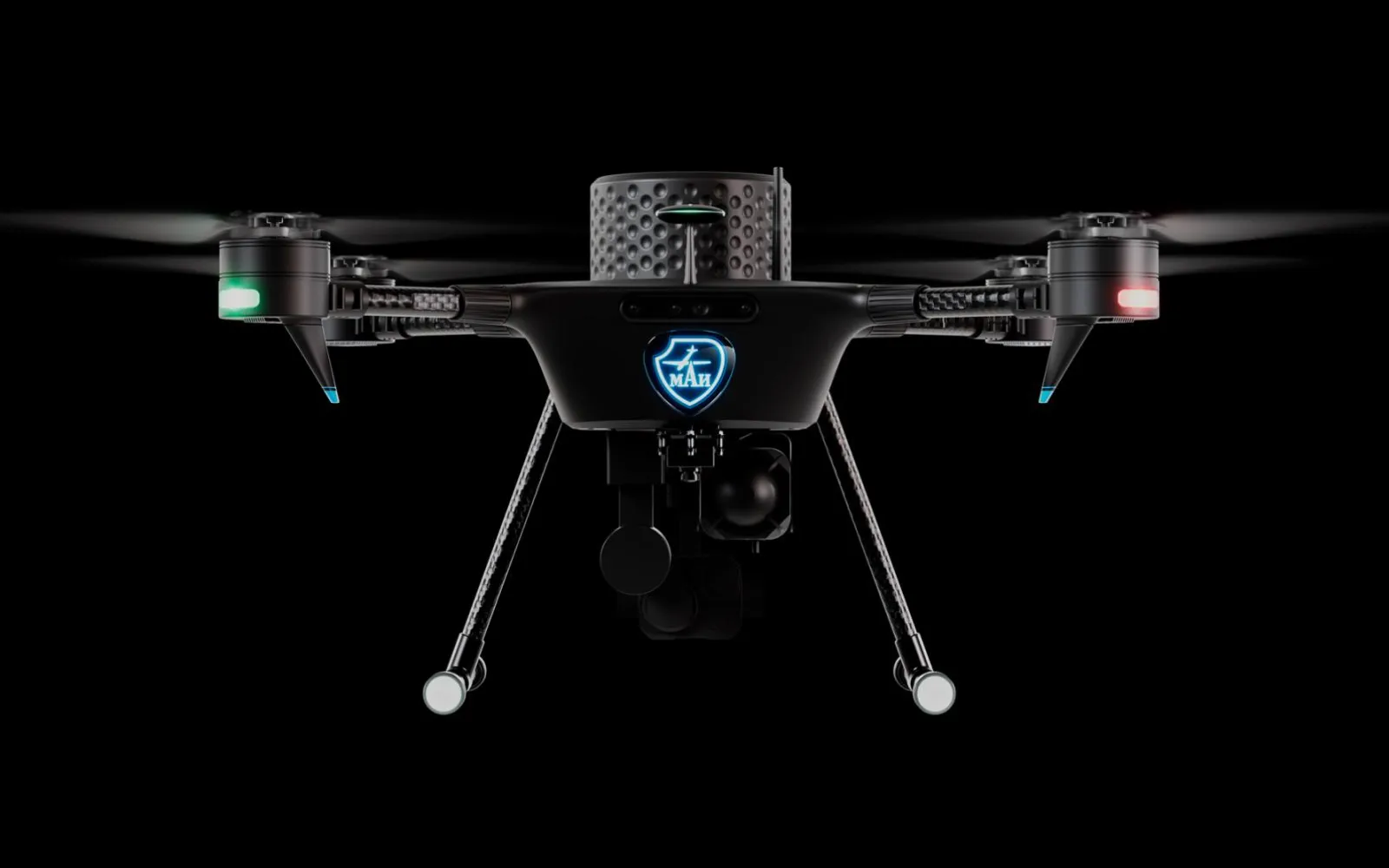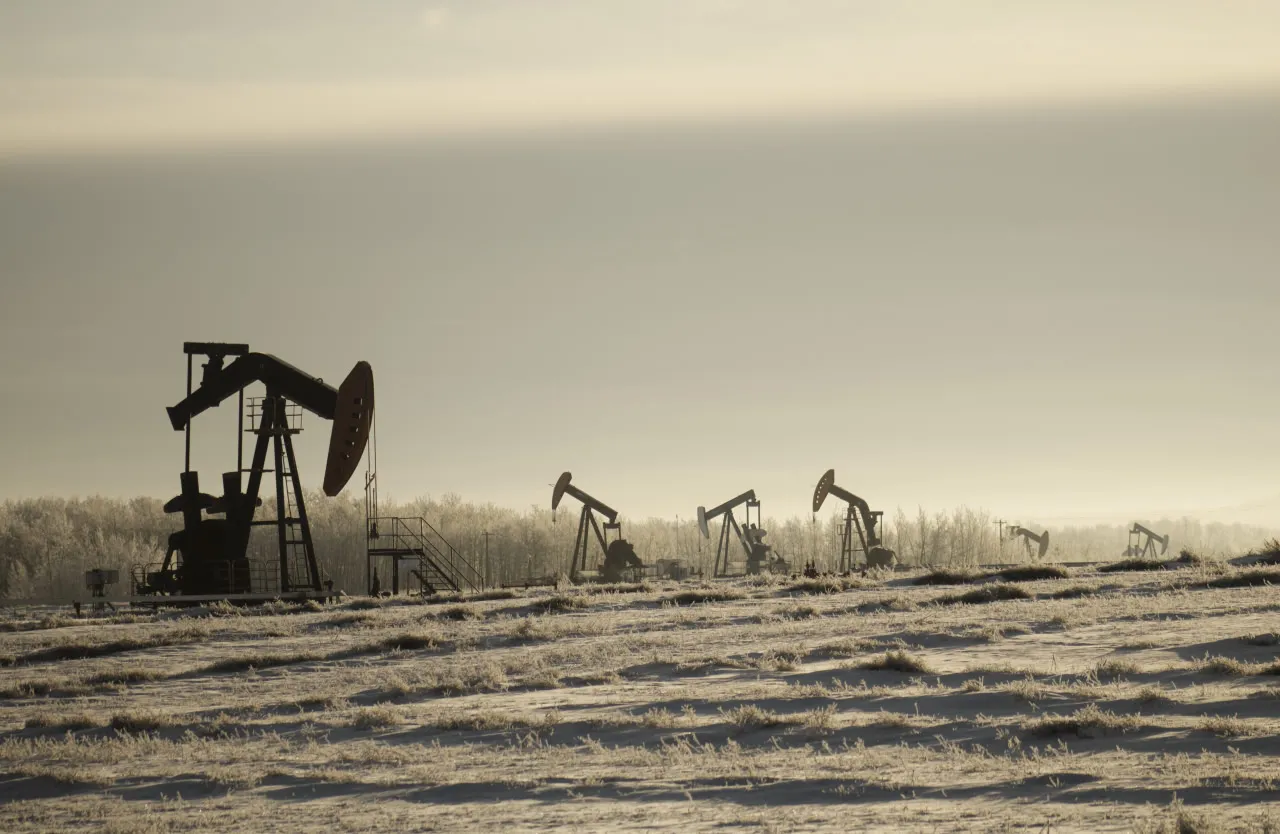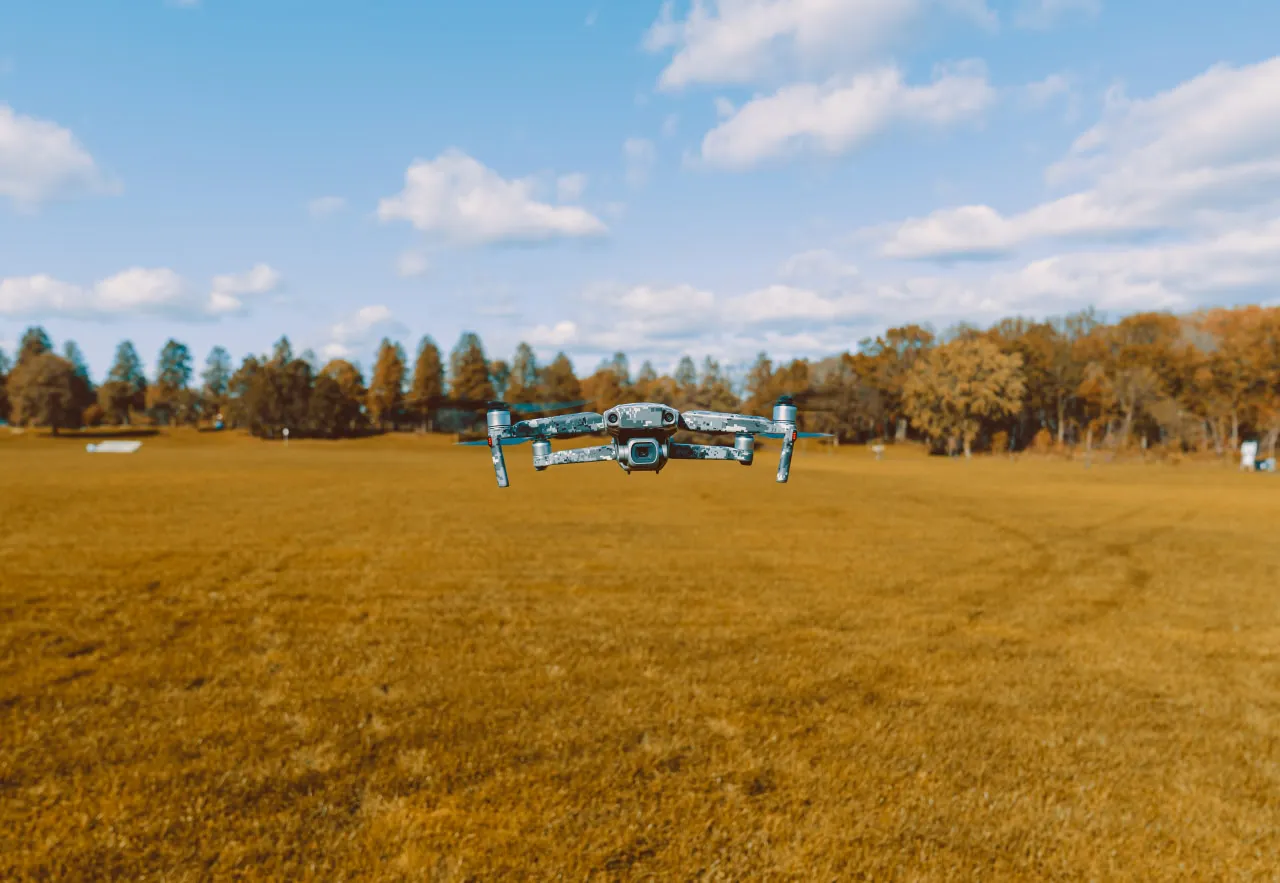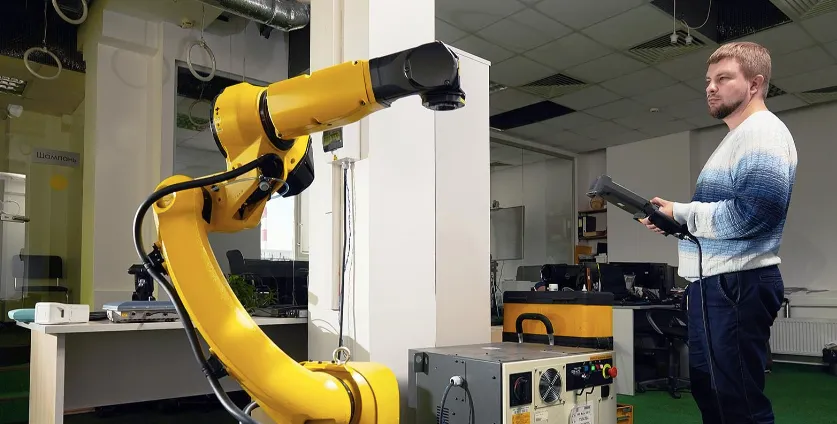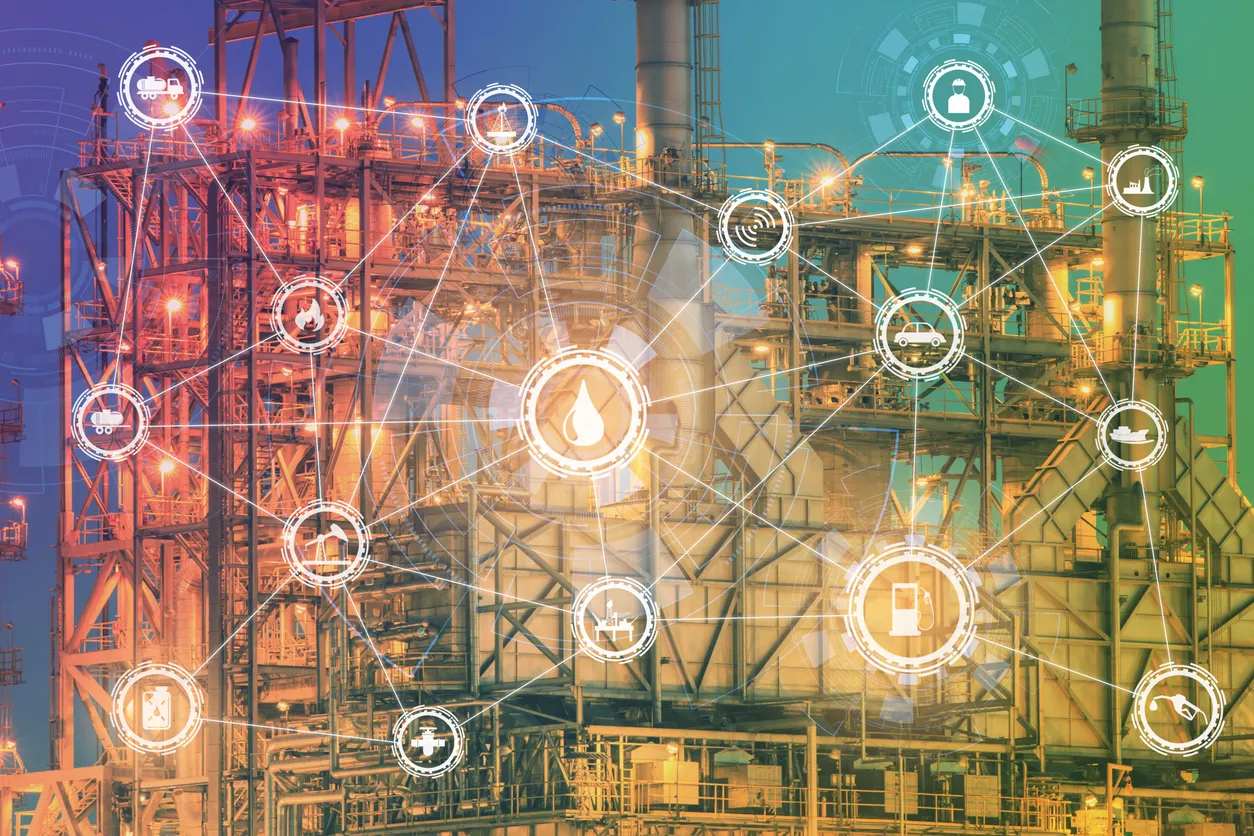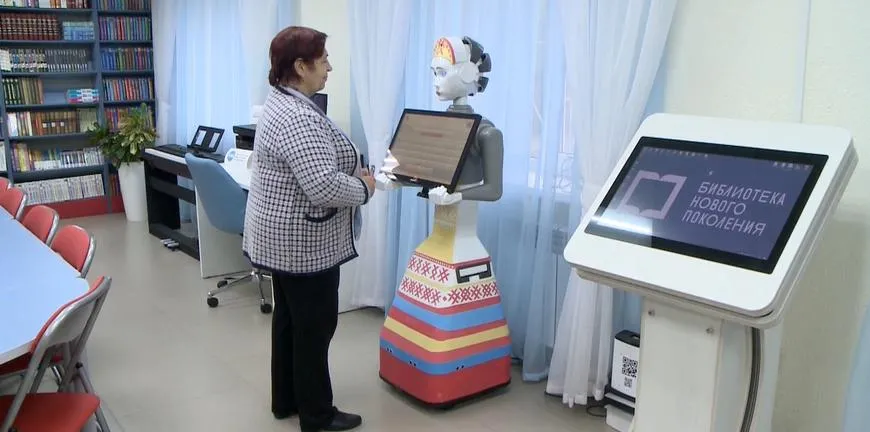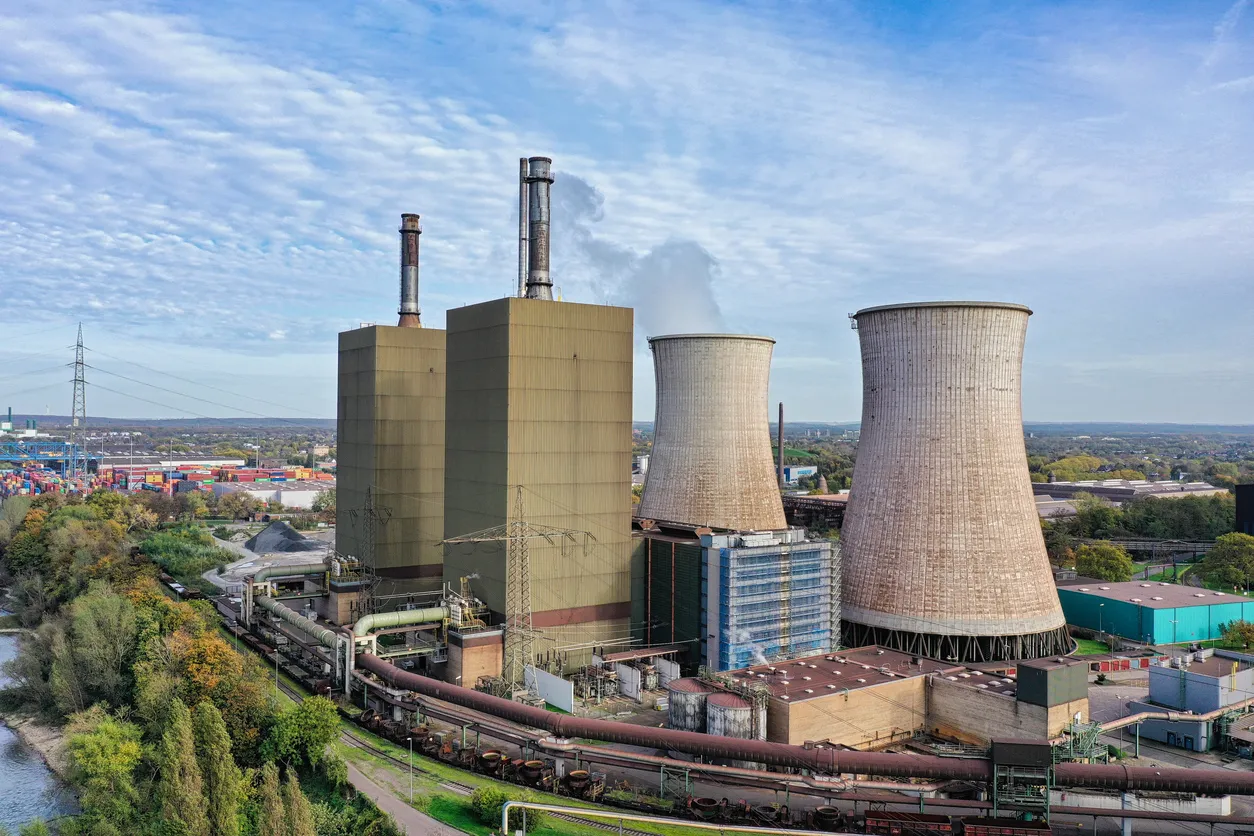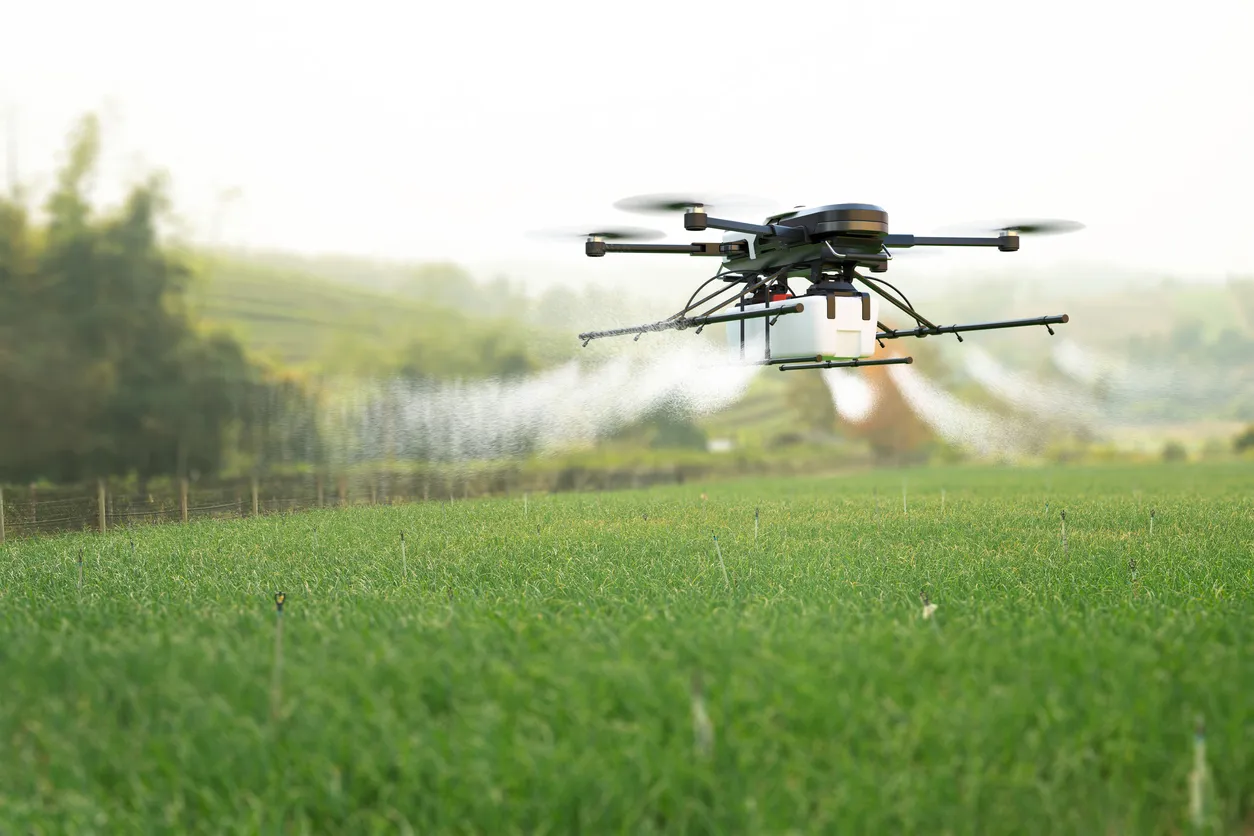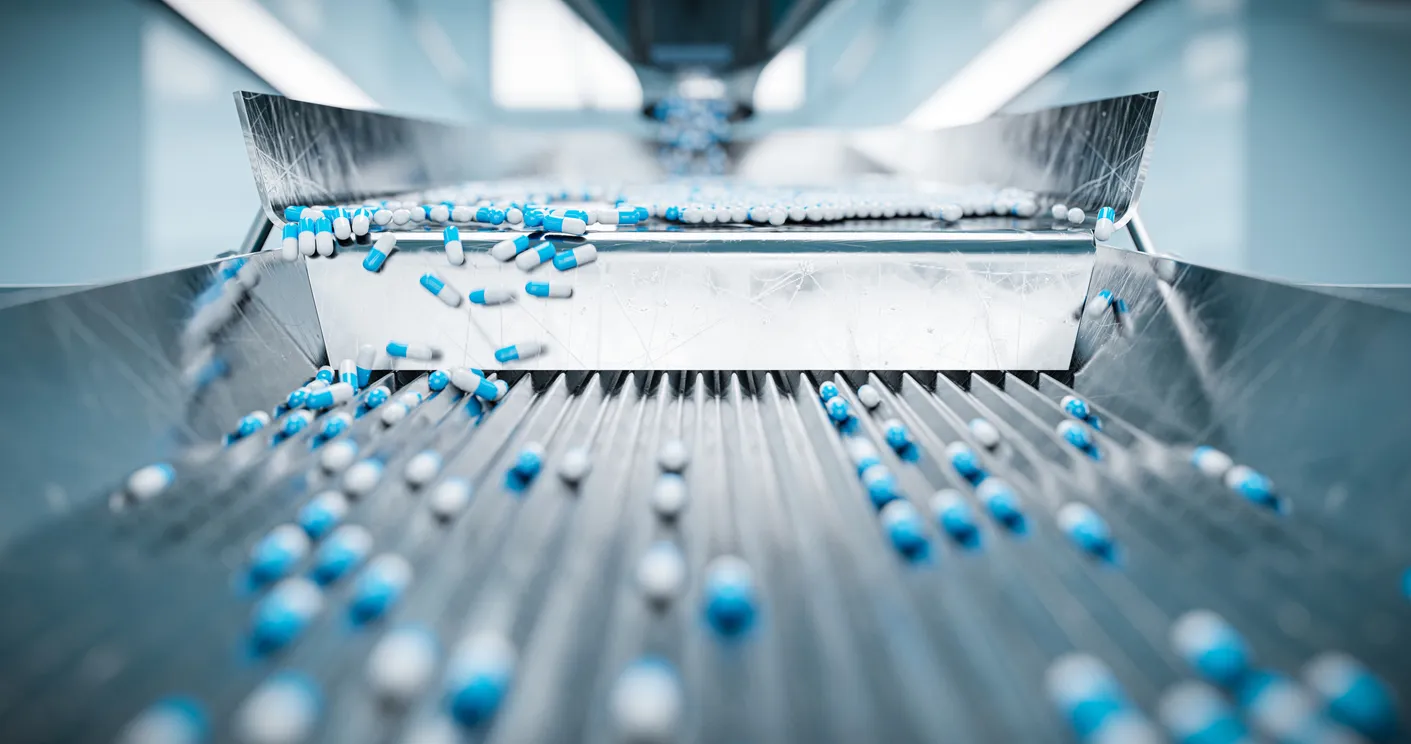AI Networks in Russia to Predict Crop Yields and Disease Risks
Russia’s agricultural sector is turning to neural networks and drone-based analytics to boost productivity, cut costs, and make farming more sustainable.
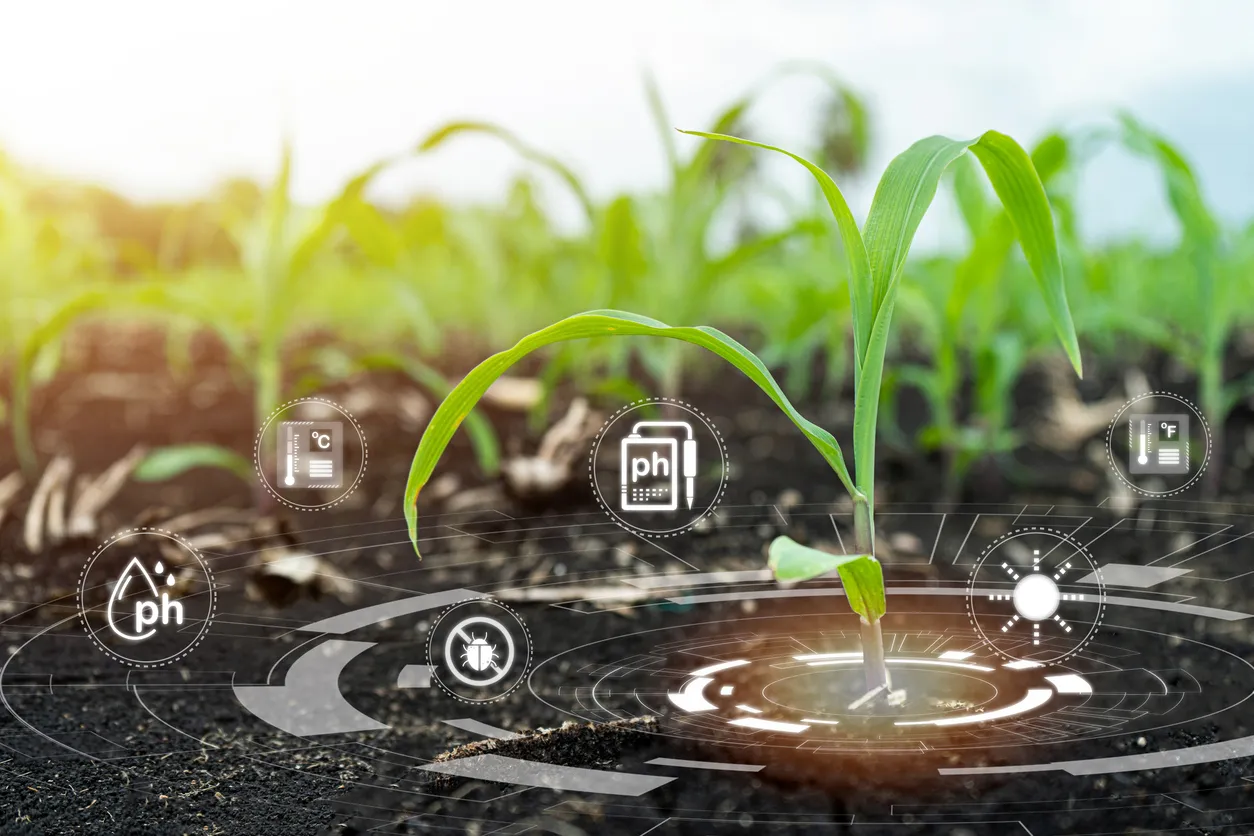
Cutting-edge agricultural companies and mid-sized farms across Russia are increasingly adopting artificial intelligence and remote monitoring to enhance crop yields and efficiency. This digital transformation helps detect issues in fields before they become visible to the human eye, allowing farmers to address them precisely while saving on fertilizers and fuel.
As Lenar Safiullin, Vice-Rector of Kazan State Agrarian University, explained to Izvestia, the technology relies on drones equipped with multispectral cameras. These drones can scan ten hectares in just thirty minutes, capturing images in the infrared spectrum. Specialized software then creates detailed field maps, which are analyzed by AI to identify areas where plants are suffering from a lack of water, nutrients, or signs of disease.
AI Cuts Chemical Use and Processing Costs
After analyzing the data, the neural network generates precise instructions for agricultural machinery to apply fertilizers or pesticides only where needed. This approach reduces chemical use by 20–25% and dramatically cuts pest-control costs. However, as Safiullin emphasized, the final decision always rests with human agronomists, who interpret the data and determine the true cause of the problem.
These innovations are reshaping agricultural education. Russian universities are now updating curricula to train a new generation of specialists who blend traditional agronomy with digital technologies. Agrarian institutes are opening drone laboratories and software training centers where students learn to plan flights, analyze data, and create maps for smart farming equipment.
The economic benefits are clear: for farms spanning 3,000–5,000 hectares, investments in monitoring systems typically pay off within one to three years. Just as importantly, targeted chemical application reduces soil load and minimizes environmental impact.
According to Safiullin, accumulating several years of field data opens even broader opportunities — from forecasting yields in spring to assessing crop disease risks in advance.










